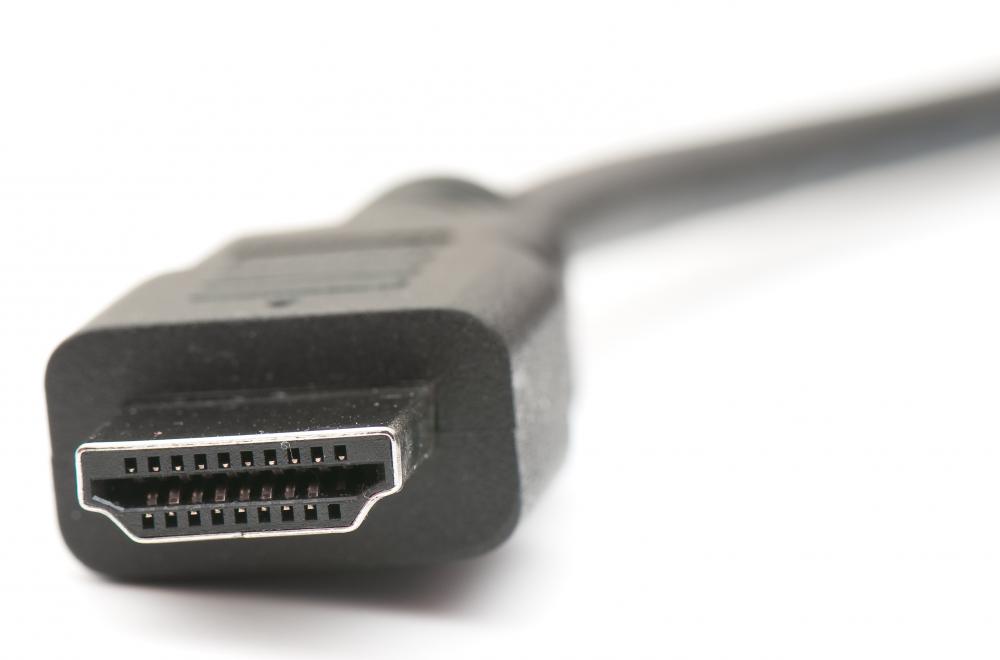At WiseGEEK, we're committed to delivering accurate, trustworthy information. Our expert-authored content is rigorously fact-checked and sourced from credible authorities. Discover how we uphold the highest standards in providing you with reliable knowledge.
What is DisplayPort?
DisplayPort is the newest digital video interface standard from the Video Electronics Standards Association (VESA). DisplayPort is intended to serve as an interface for cathode ray tube (CRT) monitors, flat panel displays, televisions, projection screens, home entertainment receivers, and video port interfaces in general. VESA’s vision is to simplify and standardize video connections, making various existing interfaces legacy technologies. This would include Video Graphics Array (VGA), Digital Video Interface (DVI), High-Definition Multimedia Interface (HDMI), Unified Display Interface (UDI), and composite/component video.
DisplayPort provides four lanes of data traffic for a total bandwidth of up to 10.8 gigabits per second. A separate bi-directional channel handles device control instructions. VESA reports the open standard provides enriched color, higher resolutions, and better refresh rates than existing technologies. It also includes audio data, like HDMI, eliminating the need for separate RCA audio cables. DisplayPort offers a smaller, more refined interface than HDMI, creating a better fit for notebooks and smaller digital devices.

An optional copyright protection module can be plugged into the DisplayPort standard at the time of manufacture. DisplayPort Content Protection (DPCP), licensed separately from Philips, uses advanced encryption for full authentication, complete with session keys. Purportedly, the module will refuse to display “unauthorized content,” acting as an embedded hardware cop. The idea of allowing media to control access to one’s own hardware leaves some critics and consumers wary.

Some argue that anti-piracy technologies have a reputation of inconveniencing honest users while doing little to thwart abuses, as annual losses due to piracy would seem to indicate. If the DisplayPort module wrongly prevents media from playing because of switching operating systems, for example, changing personal computers, or engaging in some other innocent circumstance, consumers could be reluctant to buy devices with the new DisplayPort standard.
Major manufacturers, including Dell, ATI, nVidia, Hewlett-Packard, Samsung Electronics and Genesis Microchip Inc., are some of the companies actively involved with drafting the open VESA DisplayPort standard.
AS FEATURED ON:
AS FEATURED ON:












Discuss this Article
Post your comments